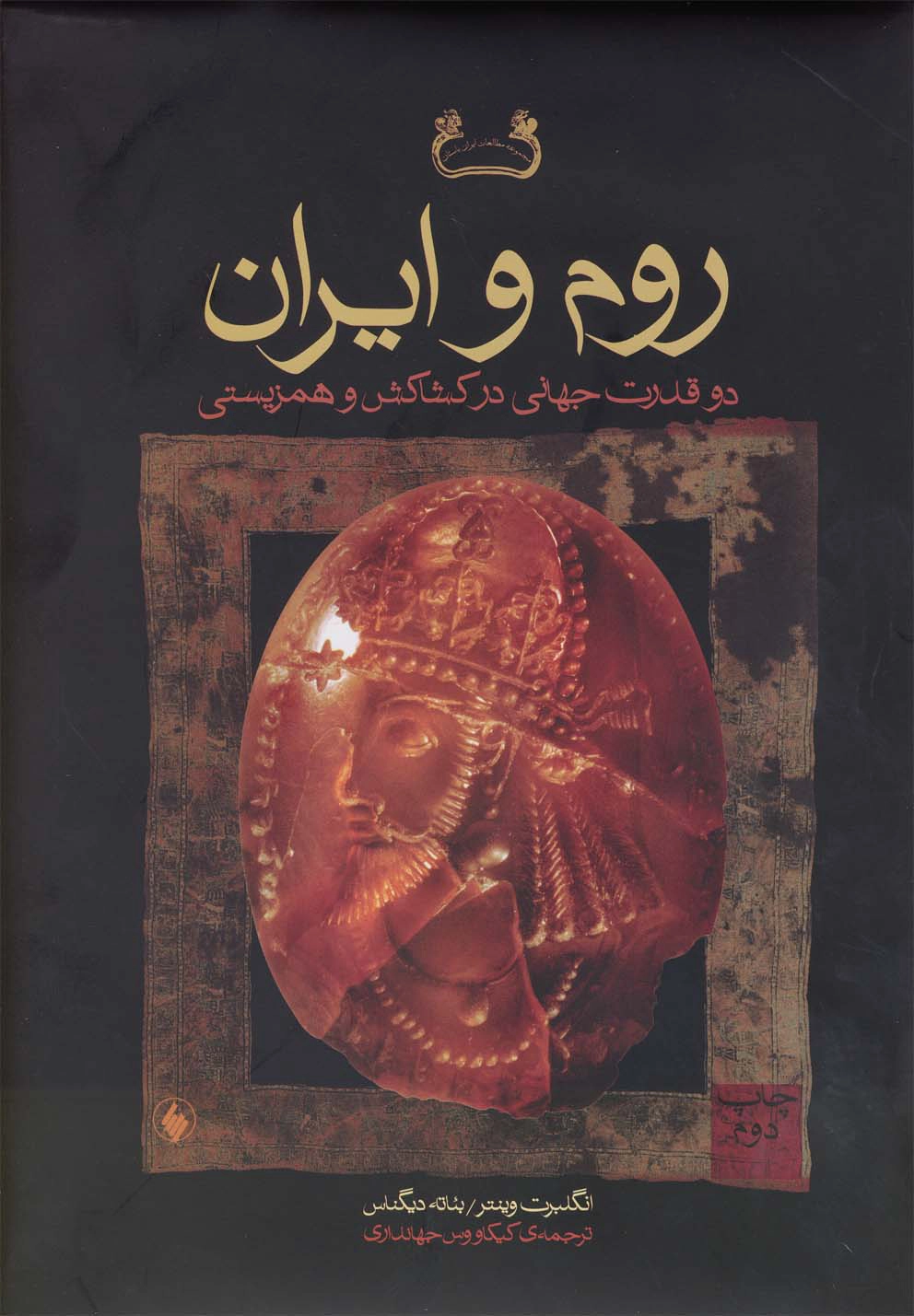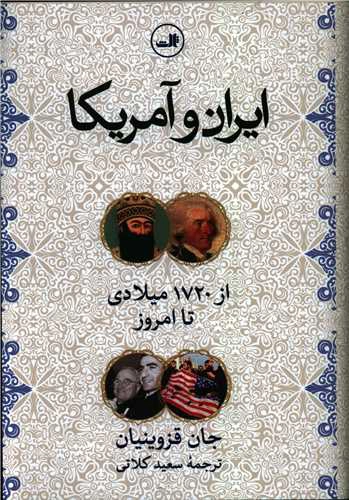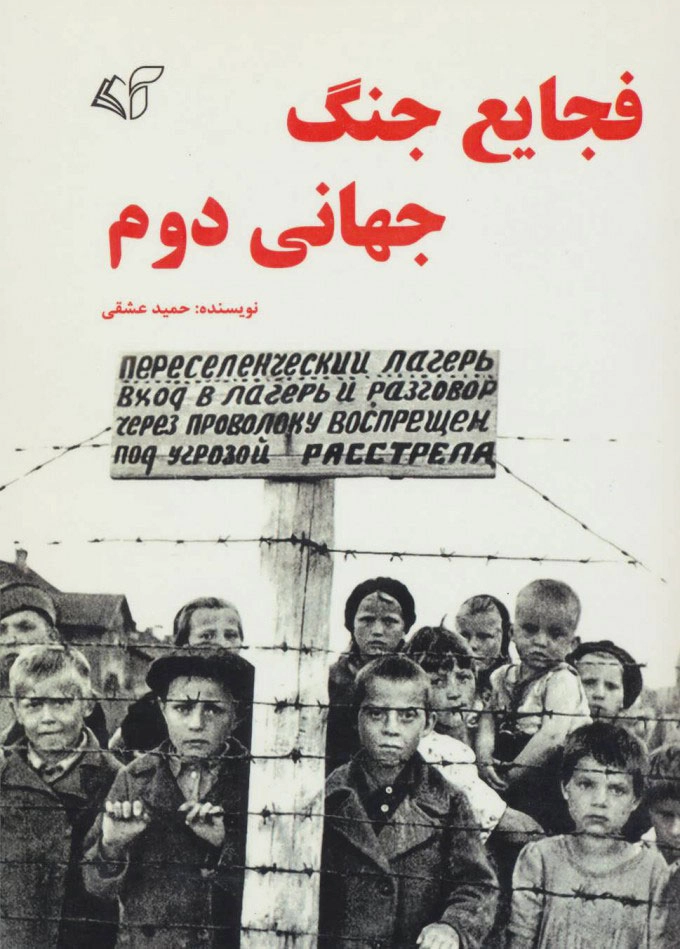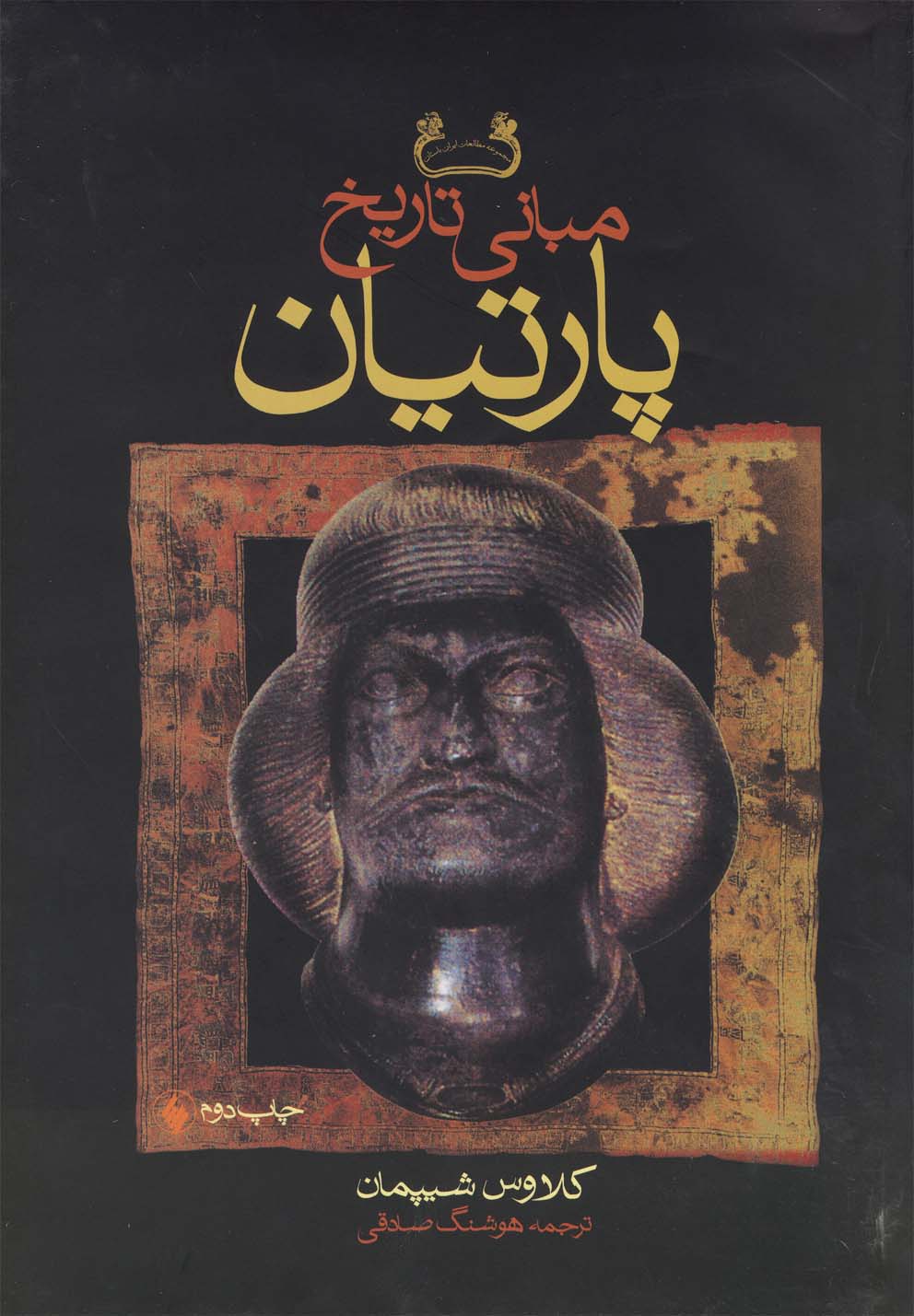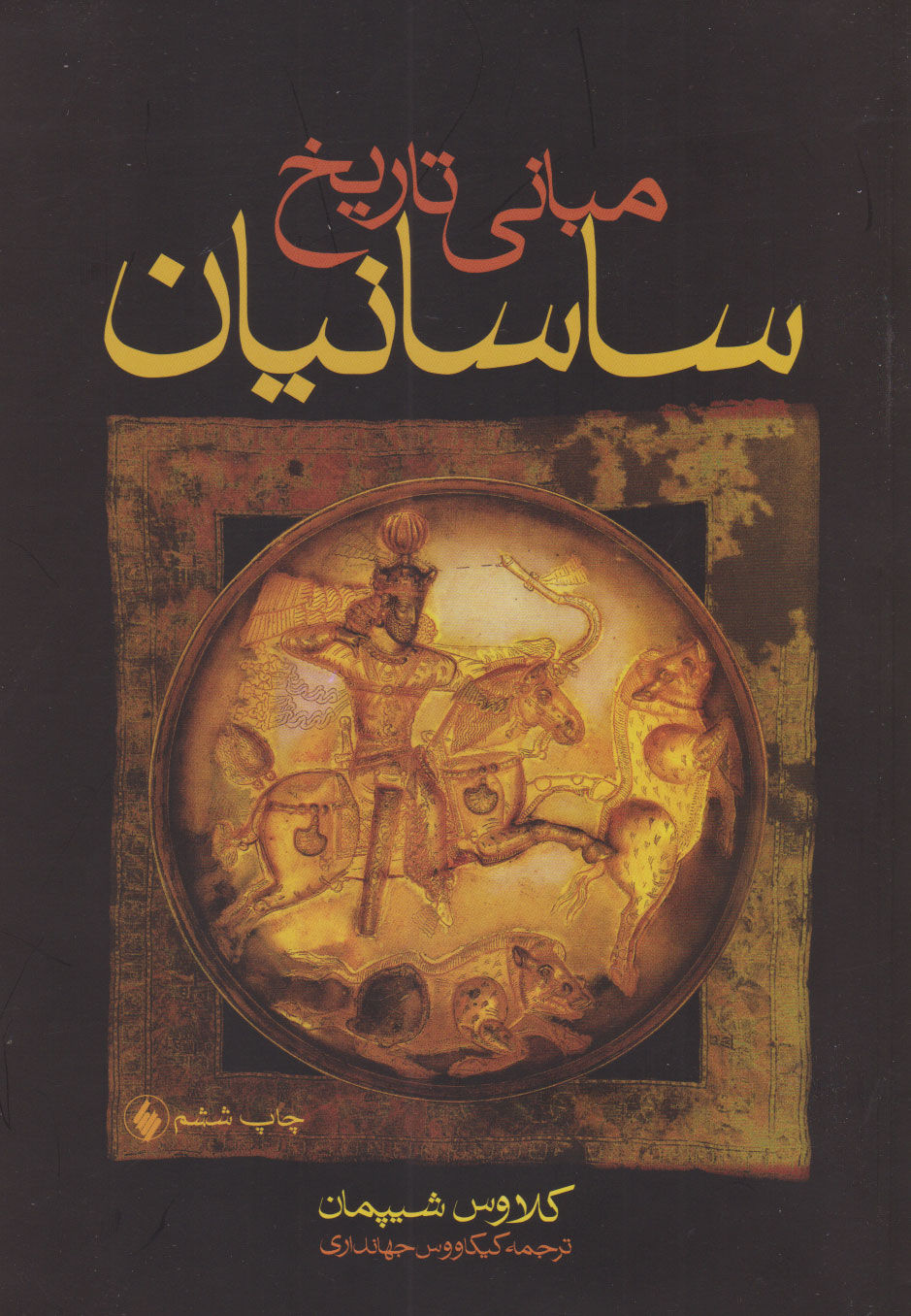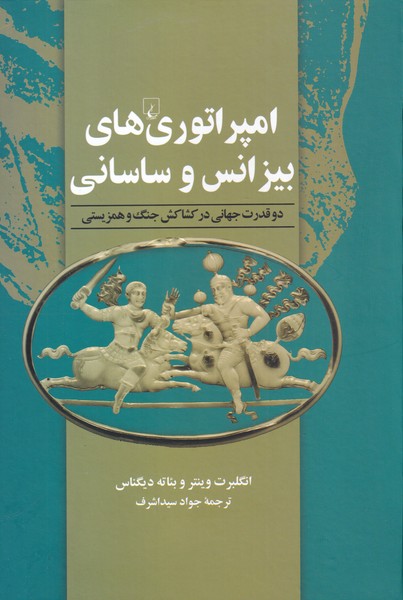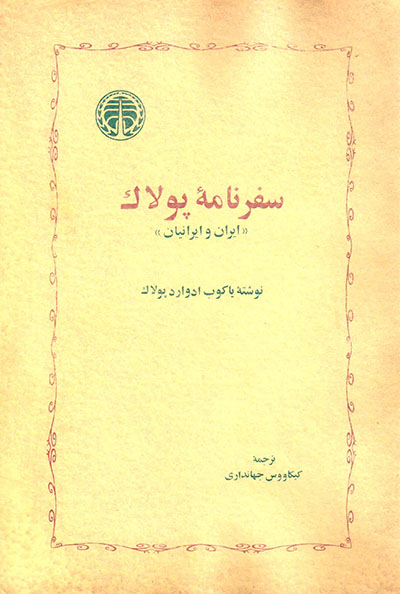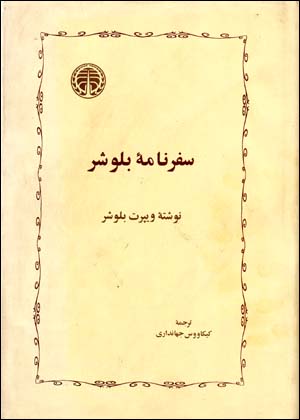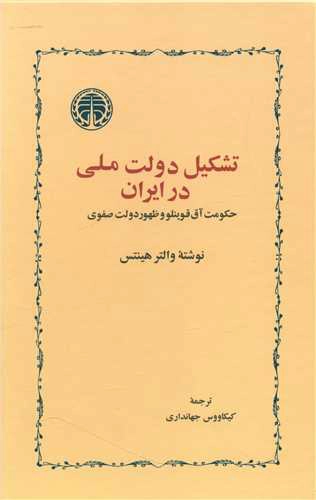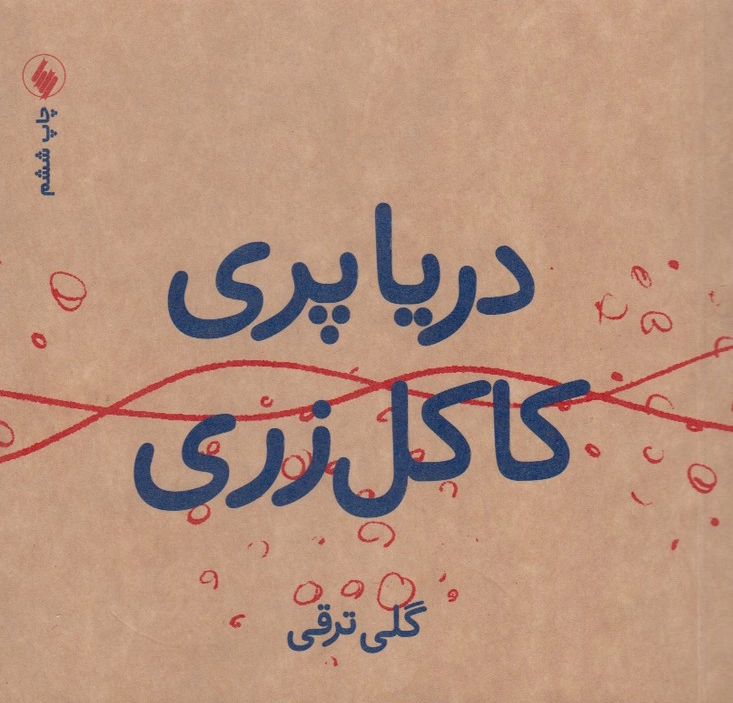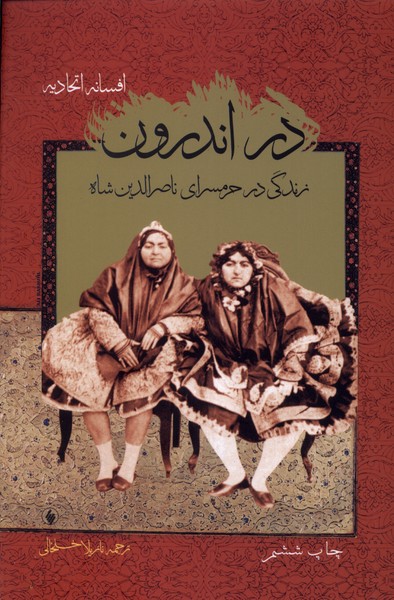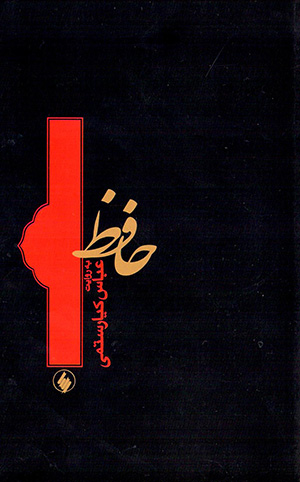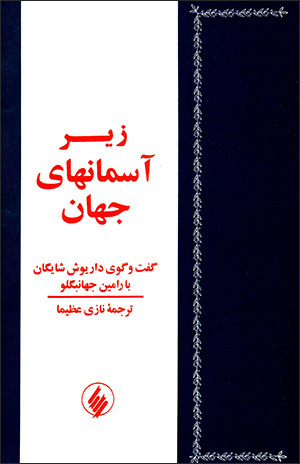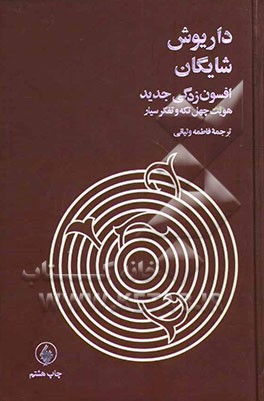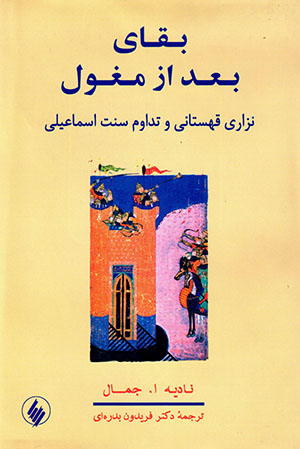Rūm va Īrān Persiska (Farsi) 2019
روم و ایران: روم و ایران
The book Rome and Iran by Engelbert Winter is a prominent and comprehensive study of the relations between two long-standing great powers: the Roman Empire and the Sasanian Empire of Persia during the Late Antiquity period (3rd–7th centuries CE). The work examines political, military, economic, and cultural developments to illustrate the multifaceted dimensions of conflict, interaction, and even reconciliation between East and West. It challenges common simplifications about this long-standing rivalry and highlights the complex, multidimensional realities of their relationship.
From the founding of the Sasanian Empire in 224 CE, Iran emerged as a powerful force on Rome’s eastern frontier, reshaping regional power dynamics and making relations between Rome and Iran a central geopolitical challenge. Winter analyzes how the rise of a formidable neighbor led not only to military conflicts and border disputes, but also to diplomatic negotiations and reconciliations that produced some of the most enduring interactions between the two civilizations. Their relations were not limited to warfare but also included diplomatic exchanges, trade, cultural interactions, and even religious engagements in frontier regions. Areas such as Armenia, the Caucasus, and the Arabian Peninsula served not only as battlegrounds but also as sites of negotiation, cultural exchange, and economic interaction, underscoring the complexity of the relationship that neither side could reduce to a single dimension.
Another notable aspect of the book is Winter’s use of diverse sources, particularly Iranian ones. Unlike studies that view history primarily from the Roman perspective, this work seeks to present both voices, offering a balanced perspective on Roman–Iranian relations. This critical and comprehensive approach helps readers understand that the history of their interactions was not merely shaped by ambition or power politics, but by a complex interplay of shared interests, temporary agreements, and deep cultural and ideological conflicts.
کتاب «روم و ایران» اثر انگلبرت وینتر، یکی از پژوهشهای برجسته و جامع در زمینه بررسی روابط دو قدرت بزرگ و دیرینه، امپراتوری روم و شاهنشاهی ساسانی فارس در دوران گزری (دورهای که میان قرون سوم تا هفتم میلادی قرار دارد) به شمار میآید. این اثر با نگاهی دقیق به تحولات سیاسی، نظامی، اقتصادی و فرهنگی، زوایای مختلف تقابل، تعامل و حتی مصالحه میان دو قارهی شرق و غرب را به تصویر میکشد و تلاش میکند تا پوچنماییهای رایج درباره این رقابت دیرینه را از میان برداشته و واقعیتهای پیچیده و چندبعدی روابط میان این دو قدرت را بازگو کند. از لحظه تأسیس شاهنشاهی ساسانی در سال 224 میلادی، ایران به عنوان نیرویی قدرتمند در مرز شرقی روم ظاهر شد. این رخداد دوباره نظم قدرت را در منطقه تغییر داد و روابط میان رم و ایران را به چالشی بزرگ تبدیل کرد. در این کتاب، وینتر به بررسی دقیق این تحول میپردازد و نشان میدهد که چگونه ظهور یک دشمن قدرتمند در مرز، نه تنها منجر به درگیریهای نظامی و رقابتهای مرزی شد، بلکه زمینهساز مذاکرات دیپلماتیک و تحقق مصالحههایی بود که در نهایت برخی از پایدارترین روابط میان دو تمدن به ثمر نشست. در واقع، روابط میان این دو قدرت تنها به درگیریهای نظامی محدود نبوده، بلکه شامل تبادل دیپلماتیک، تجارت، تبادل فرهنگی و حتی تعاملات مذهبی در نواحی مرزی بوده است. به عنوان مثال، در مناطقی مانند آرمنستان، قفقاز و شبه جزیره عربستان، شاهد حضور و تأثیر متقابل این دو تمدن بودهایم؛ مناطقی که نه تنها بستر نزاعهای نظامی، بلکه صحنه مذاکرات و تبادلات فرهنگی و اقتصادی نیز بهشمار میآیند. این تعاملات تأکیدی است بر پیچیدگی روابط که هیچ یک از طرفین قادر به یکبعدی کردن آن نبودهاند. یکی دیگر از ابعاد جذاب کتاب، تأکید ونیتر بر استفاده از منابع متنوع و بهخصوص منابع ایرانی است. برخلاف برخی مطالعات که تاریخ را از منظر رومیان مینگرند، این اثر تلاش میکند تا صدای هر دو طرف را در بحث به گوش برساند و دیدگاهی متعادلتر از رابطههای میان روم و ایران ارایه کند. این رویکرد انتقادی و جامع، به خواننده کمک میکند تا بفهمد که تاریخ این روابط نه تنها نتیجهی باورهای جاهطلبانه یا استراتژیهای قدرتطلبانه بوده، بلکه حاصل تعامل پیچیدهای از منافع مشترک، تفاهمهای موقت و نیز درگیریهای عمیق فرهنگی و ایدیولوژیک است.

